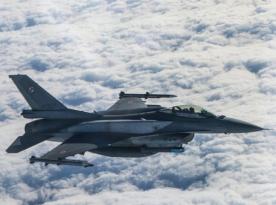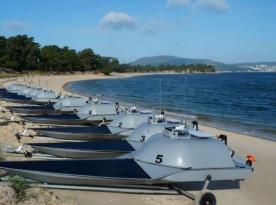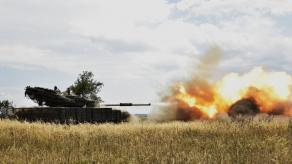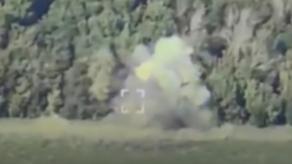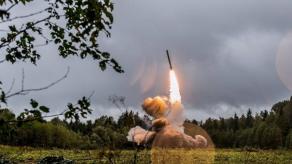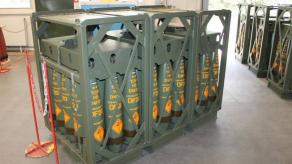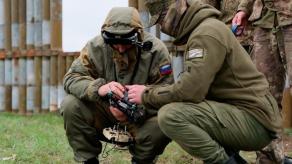Latest NMESIS robotic platform with Norwegian Naval Strike Missile (NSM) was observed the other day in the Philippines, marking the first time it is deployed in the region. The system was brought by the 3rd Marine Littoral Regiment usually stationed in Hawaii, as part of the Balikatan 25 military exercise, starting on April 21 and lasting till May 9.
The U.S. Marine Corps thus implements the measures according to the joint Manila–Washington plan to re-establish deterrence in Indo-Pacific, agreed between the nations during U.S. Defense Secretary Pete Hegseth's visit to the Philippines on March 28. Exercising with the NMESIS aims to "improve interoperability and strengthen deterrence by providing coverage of strategic sea lanes from coastal positions." It should also increase coherence between U.S. and Philippine forces.
Read more: Faced With Tu-95MS Threat, Australia is Offered SM-6 Missiles, and It Speaks Volumes

The drill scenario includes transferring a number of NMESIS launchers to the islands using helicopters of the 25th Army Aviation Brigade while the Philippine Marines will work together with their American colleagues to create a forward expeditionary base. No actual missile launches from NMESIS are planned.
Importantly, these NMESIS will be deployed in the Batanes Islands, located in the Luzon Strait, northern Philippines, just 150 km away from Taiwan. With a range of 185 km, the NSM anti-ship missiles used in NMESIS can effectively create a wide no-access zone to deter warships of mainland China.
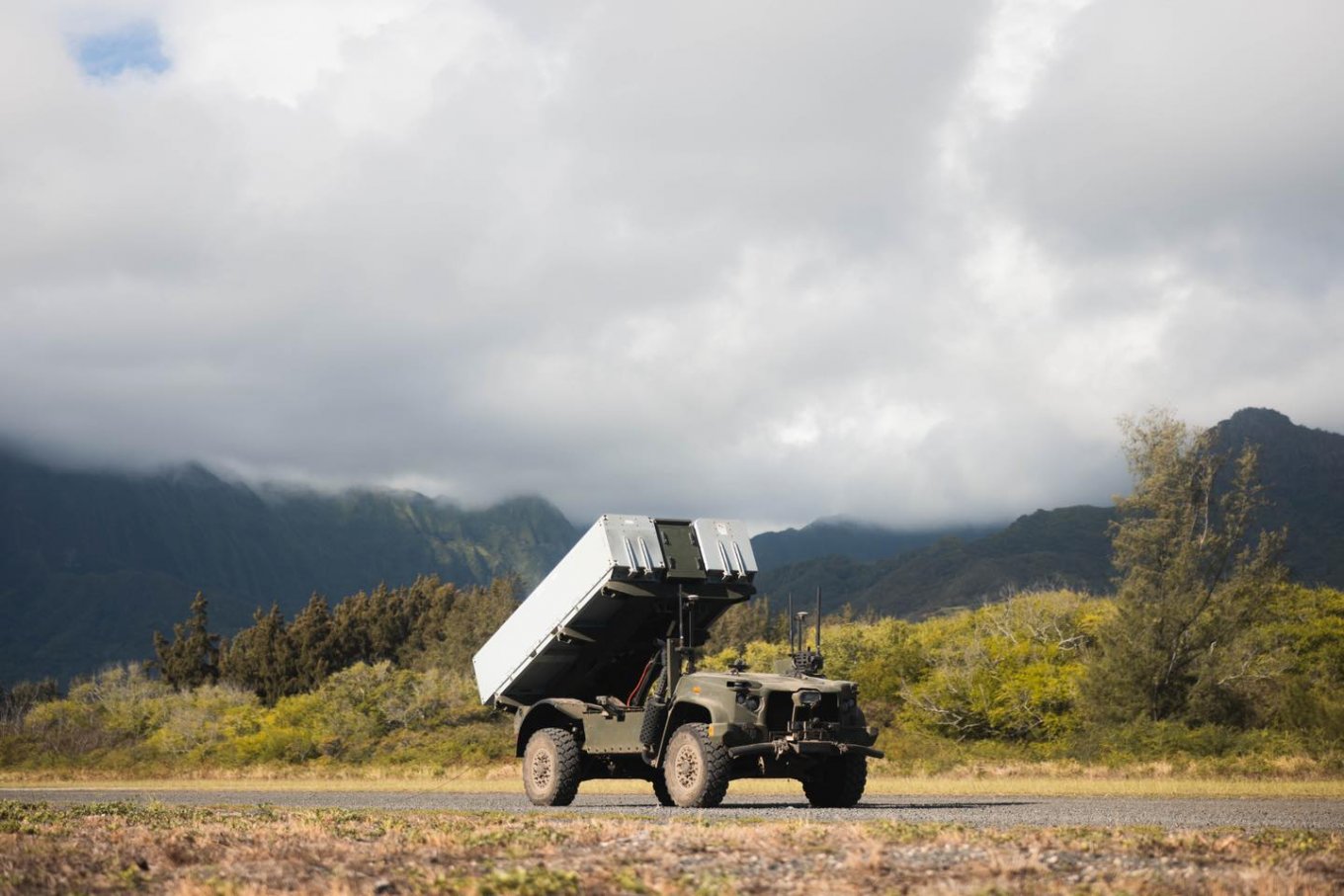
Theoretically, positioning another NMESIS on the Japanese island of Yonaguni, 110 km from Taiwan, should make it impossible for China to take any action east of the island. The convenient geographical position of these two outposts and ship-killer capabilities there can allow the United States to try and prevent China from forcing a blockade of Taipei.

That said, there's no guarantee NMESIS will return to Hawaii after the exercises end. For example, during the Salaknib exercises in 2024, similarly, the U.S. deployed the Typhon systems armed with Tomahawk and SM-6 missiles from the 1st Multi-Domain Task Forces in the Philippines. However, when the drills were complete, the systems stayed, although they didn't fire a single missile and have no such plans in the future.
In general, unfolding of NMESIS during the Balikatan 25 exercise demonstrates how the U.S. envisions the fight in the Pacific Ocean, i.e. by rapidly turning small islands into outposts. That is why the Marine Corps placed bet on highly mobile (thanks to transportability by helicopters), autonomous coastal defense robo-system.
And that is also why the U.S. Army considers mounting Typhon launchers with Tomahawks on a lightweight uncrewed vehicle, labeled Long Range Fires (LRF). The conceptual basis of both NMESIS and LRF is the same: to adapt long-range capabilities to the rough terrain and undeveloped logistics infrastructure of on-island forward bases.
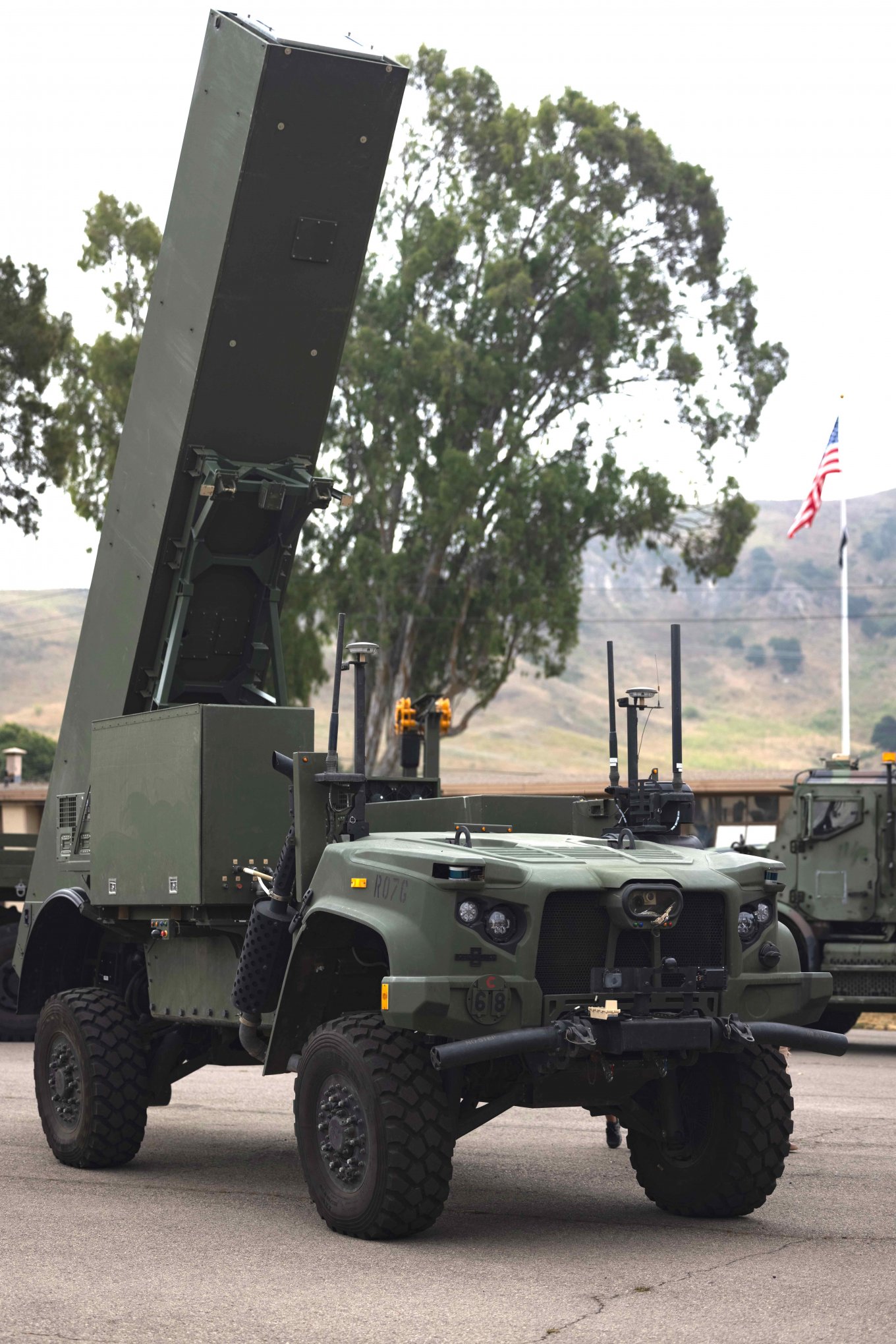
Read more: Taiwan Follows in Ukraine's Footsteps and Develops Own Naval Drones





